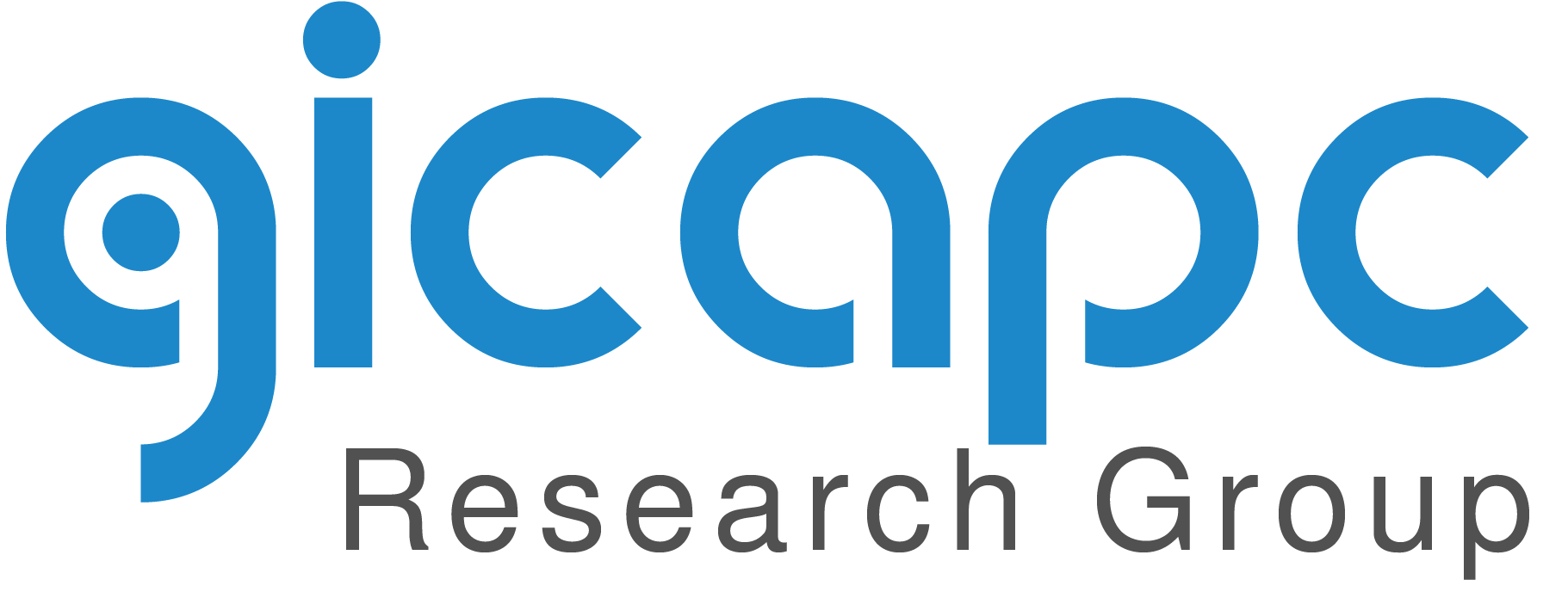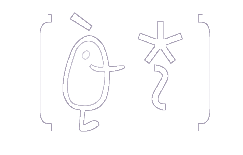[vc_row][vc_column][porto_fancytext fancytext_prefix=”(Micro)extraction techniqes for” fancytext_strings=”cosmetic products
environmental samples
biological samples” fancytext_align=”left” animation_delay=”” strings_tickerspeed=”200″ strings_font_family=”Open Sans” strings_textspeed=”35″ strings_backspeed=”0″ strings_line_height=”46″][/vc_column][/vc_row][vc_row][vc_column offset=”vc_col-md-10 vc_col-xs-12″][vc_column_text el_class=”featured lead” css=”.vc_custom_1671533272028{padding-right: 30px !important;}”]
At ![]() we have a solid and recognized track record in the field of analytical control of cosmetic products, as well as extensive experience in both sample preparation techniques and chromatographic techniques, which allows us to approach the subject with the necessary knowledge and experience. Recently, we have initiated a new line of research focused on the development of methods for the determination of biomarkers as a tool for early diagnosis of diseases.
we have a solid and recognized track record in the field of analytical control of cosmetic products, as well as extensive experience in both sample preparation techniques and chromatographic techniques, which allows us to approach the subject with the necessary knowledge and experience. Recently, we have initiated a new line of research focused on the development of methods for the determination of biomarkers as a tool for early diagnosis of diseases.
[/vc_column_text][/vc_column][vc_column offset=”vc_col-md-2 vc_col-xs-12″ el_class=”push-top”][vc_btn title=”Meet us!” style=”modern” size=”xl” align=”center” skin=”primary” link=”url:https%3A%2F%2Fwww.gicapc.es%2Fmembers%2F|title:Members”][/vc_column][/vc_row][vc_row][vc_column][vc_separator color=”custom” gap=”tall” gradient=”yes”][/vc_column][/vc_row][vc_row][vc_column offset=”vc_col-md-8″][vc_custom_heading text=”WHY IS IT IMPORTANT TO ANALIZE COSMETIC PRODUCTS?” font_container=”tag:h3|text_align:left|color:%231e73be” use_theme_fonts=”yes”][vc_column_text css=”.vc_custom_1671533295571{padding-right: 30px !important;}”]Cosmetic products are used on a daily basis and, therefore, require careful control in order to guarantee the safety of users. This control must ensure compliance with the regulations required by European legislation regarding the components and their maximum authorized limits in the finished product. In addition, it is also necessary to ensure that the characteristics of the finished and marketed product are identical to those of the initial formulation designed, since otherwise the efficacy of the product could be reduced and even be harmful to users. To carry out this analytical control, it is necessary to develop analytical methods that can be used for the analysis of the components of all types of cosmetic formulations.
Moreover, since some of these components can be found at trace level in very diverse and complex samples, methods with good selectivity and high sensitivity are required. To this end, at ![]() we are developing new analytical strategies based on the use of various microextraction techniques, which allow the concentration and clean-up of the matrix. Moreover, it is desirable that these methods are fast and, as far as possible, their use is harmless both for the operator and for the environment.
we are developing new analytical strategies based on the use of various microextraction techniques, which allow the concentration and clean-up of the matrix. Moreover, it is desirable that these methods are fast and, as far as possible, their use is harmless both for the operator and for the environment.
To this end, our research group has been working since its foundation (1999) on the design, development, validation and application of methods for the analytical control of cosmetic products and raw materials, as well as their impact on humans and the environment, determining the concentration of authorized, restricted and prohibited components.[/vc_column_text][vc_custom_heading text=”WHICH ARE THE CHALLENGES OF BIOANALYSIS?” font_container=”tag:h3|text_align:left|color:%231e73be” use_theme_fonts=”yes”][vc_column_text css=”.vc_custom_1671534844957{padding-right: 30px !important;}”]Biomarkers are those substances that report on the normal state of some biological process or indicate the response of the organism to a pathological process or a pharmacological treatment.
The development of methodologies that allow the detection of small changes in the levels considered as ‘normal’ for those biomarkers, allows not only to diagnose the disease but also to detect it early, even long before the symptomatology manifests
Bioanalysis usually comprises the determination of compounds at very low concentrations in complex biological matrices. Besides, sample amount may be a challenge because large volumes of these samples are often not available. As a consequence, these matrices require more or less time-consuming sample pretreatments, usually based in (micro)extraction techniques and followed by powerful separation and detection techniques (chromatography, mass spectrometry…)[/vc_column_text][/vc_column][vc_column offset=”vc_col-md-4″][porto_content_box align=”center” el_class=”featured-box-primary”][vc_gallery interval=”5″ images=”1530,1533,1531,1534,1532″ img_size=”medium” title=”Our facilities”][/porto_content_box][/vc_column][/vc_row][vc_row][vc_column][vc_separator color=”custom” gap=”tall” gradient=”yes”][vc_custom_heading text=”Our history” font_container=”tag:h3|text_align:left” use_theme_fonts=”yes”][porto_history title=”2012″ animation_type=”fadeInUp” year=”2018″ history=”Lorem ipsum dolor sit amet, consectetur adipiscing elit. Curabitur pellentesque neque eget diam posuere porta. Quisque ut nulla at nunc vehicula lacinia. Proin adipiscing porta tellus, Curabitur pellentesque neque eget diam posuere porta. Quisque ut nulla at nunc vehicula lacinia. Proin adipiscing porta tellus,” image=”1027″]The second edition of the multi-authored book Analysis of Cosmetic Products (Elsevier) is published. Professors Amparo Salvador and Alberto Chisvert are editors and authors of several chapters.[/porto_history][porto_history title=”2010″ animation_type=”fadeInUp” year=”2016″ history=”Lorem ipsum dolor sit amet, consectetur adipiscing elit. Curabitur pellentesque neque eget diam posuere porta. Quisque ut nulla at nunc vehicula lacinia. Proin adipiscing porta tellus, Curabitur pellentesque neque eget diam posuere porta. Quisque ut nulla at nunc vehicula lacinia.” image=”1032″]The analytical methods included in the document N245-Cosmetics-Analytical Methods-LC- UV/Vis method for the identification and quantitative determination in cosmetic products of the 22 organic UV filters in use in the EU, proposed by our group, have been accepted as a European standard (EN).[/porto_history][porto_history title=”2005″ animation_type=”fadeInUp” year=”2007″ history=”Lorem ipsum dolor sit amet, consectetur adipiscing elit. Curabitur pellentesque neque eget diam posuere porta. Quisque ut nulla at nunc vehicula lacinia. Proin adipiscing porta tellus, Lorem ipsum dolor sit amet, consectetur adipiscing elit. Curabitur pellentesque neque eget diam posuere porta. Quisque ut nulla at nunc vehicula lacinia. Proin adipiscing porta tellus, Lorem ipsum dolor sit amet, consectetur adipiscing elit. Curabitur pellentesque neque eget diam posuere porta. Quisque ut nulla at nunc vehicula lacinia. Proin adipiscing porta tellus,” image=”1027″]Their publications include the multi-authored book Analysis of Cosmetic Products (Elsevier), of which professors Amparo Salvador and Alberto Chisvert are editors and authors of several chapters.[/porto_history][/vc_column][/vc_row]


